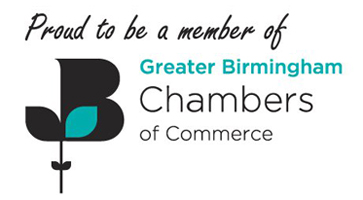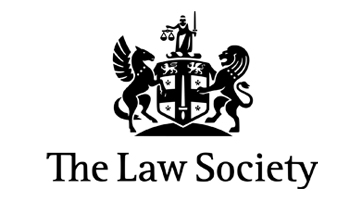Heads of Terms are essential documents in business negotiations. They provide a framework for future agreements by outlining key terms and intentions. Understanding their use and legal status is crucial for successful transactions.
In This Article
Why Do I Need Heads of Terms – What You Need to Know?
Heads of Terms offer clarity and prevent misunderstandings in business dealings:
- Aligned Expectations: Ensure all parties agree on key points from the outset.
- Dispute Prevention: By formalizing critical terms early, potential conflicts are minimized.
- Structured Negotiation: Serve as a foundation for drafting detailed, binding contracts.
When Should Heads of Terms Be Used?
Use Heads of Terms in these situations:
- Complex Deals: Aid in organizing substantial agreements with multiple elements.
- Timeline Establishment: Set specific timelines or exclusive negotiation windows.
- Preliminary Frameworks: Act as a reference for ongoing contract discussions.
Are Heads of Terms Legally Binding?
While generally not legally binding, certain aspects can be enforced if specified:
- Binding Clauses: Specific terms, such as confidentiality, may be enforceable.
- Agreed Binding: Parts can be binding if previously agreed upon by all parties.
- Intent-Based: Mostly indicate a willingness to further negotiate, not a firm commitment.
Conclusion
Heads of Terms are crucial for initiating structured and clear business negotiations. Understanding their use and legal implications can ensure smoother transactions and fewer conflicts.
If you’re considering entering complex negotiations, implement Heads of Terms for clarity and alignment. Seek professional advice to tailor these documents to your specific needs and legal considerations, setting the stage for successful agreements and lasting partnerships.
Your Next Step
Don’t let service charge disputes disrupt your business.
Contact us today at 0121 268 3208 or via email at info@onyxsolicitors.com for a FREE consultation. Let us help you achieve the peace of mind that comes with having expert legal support on your side.





